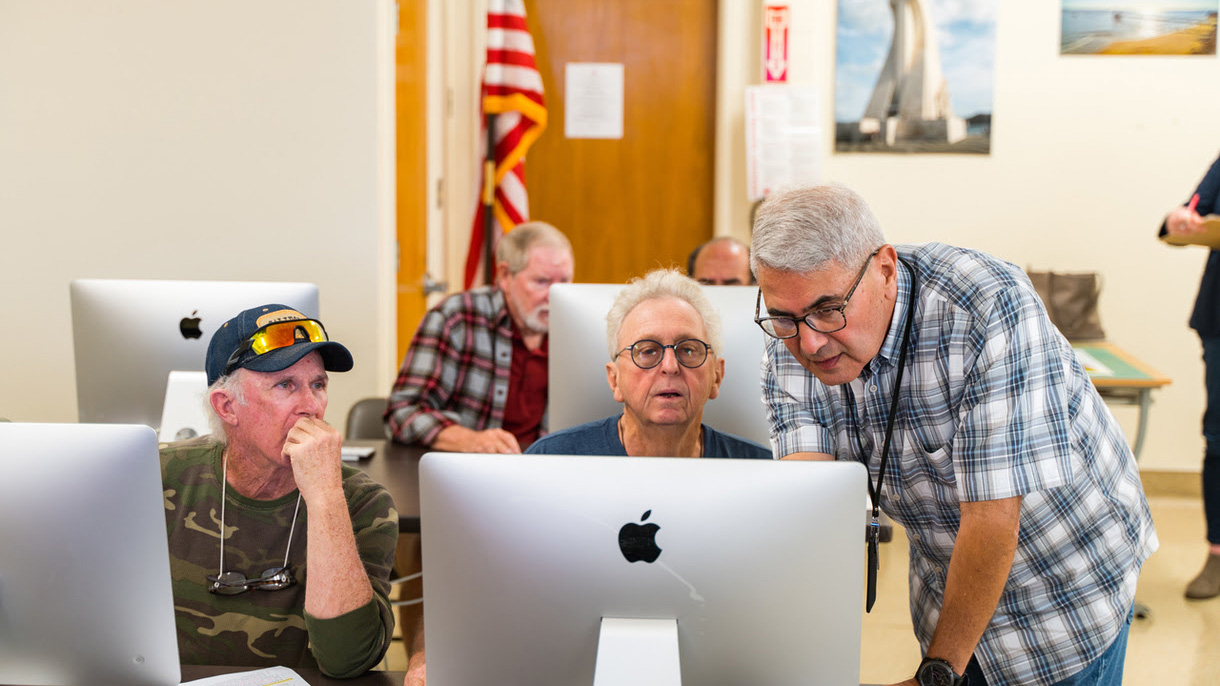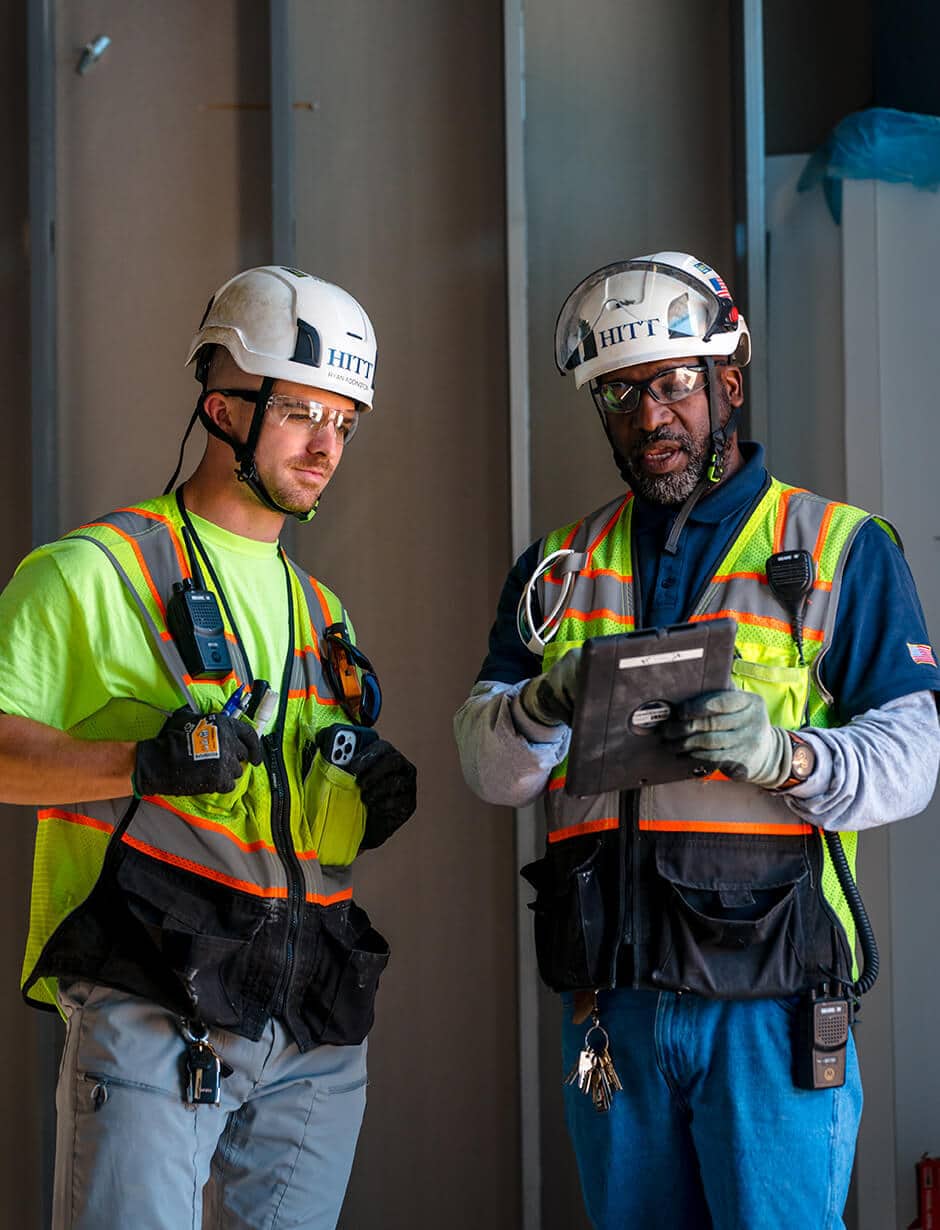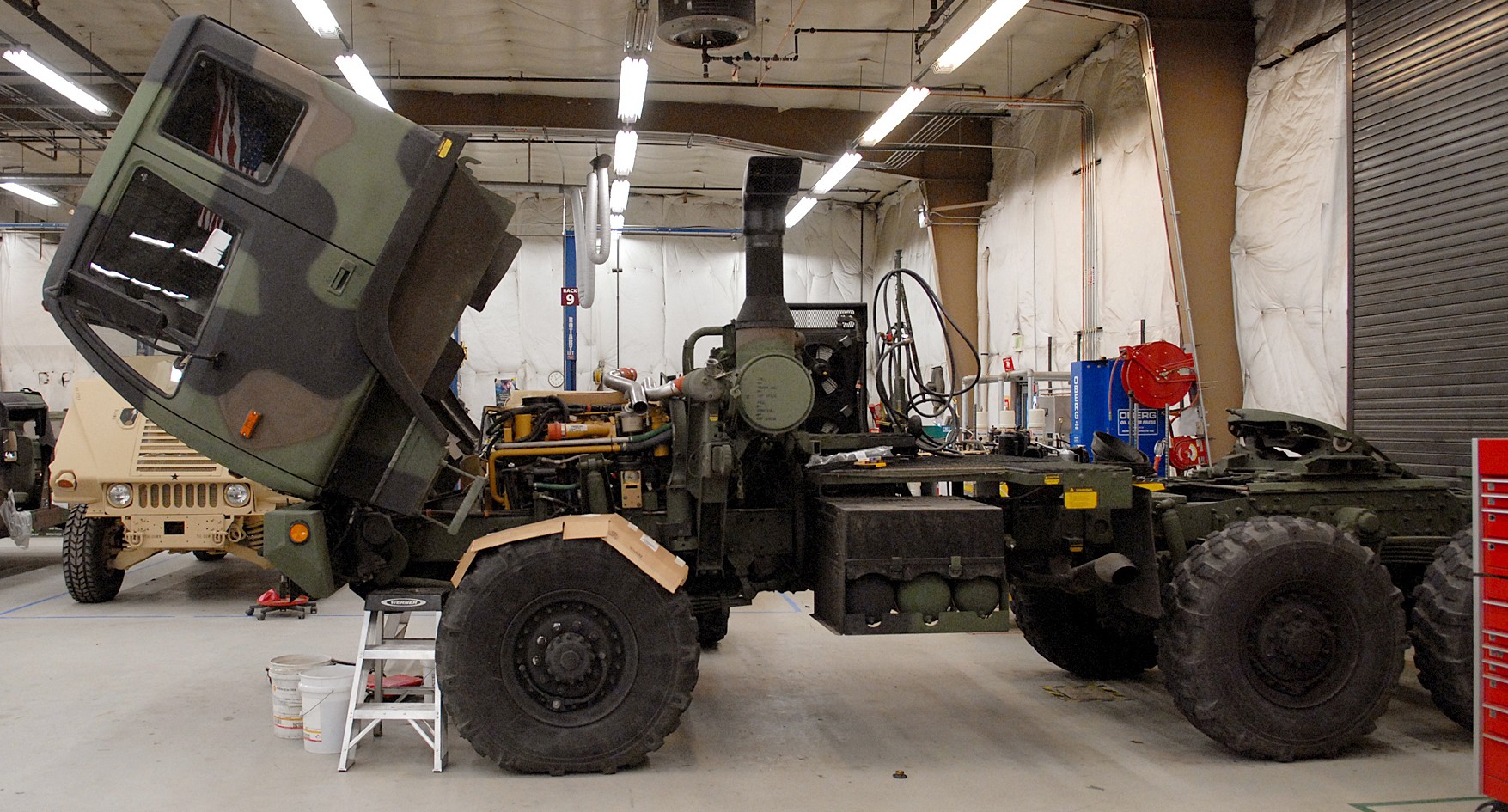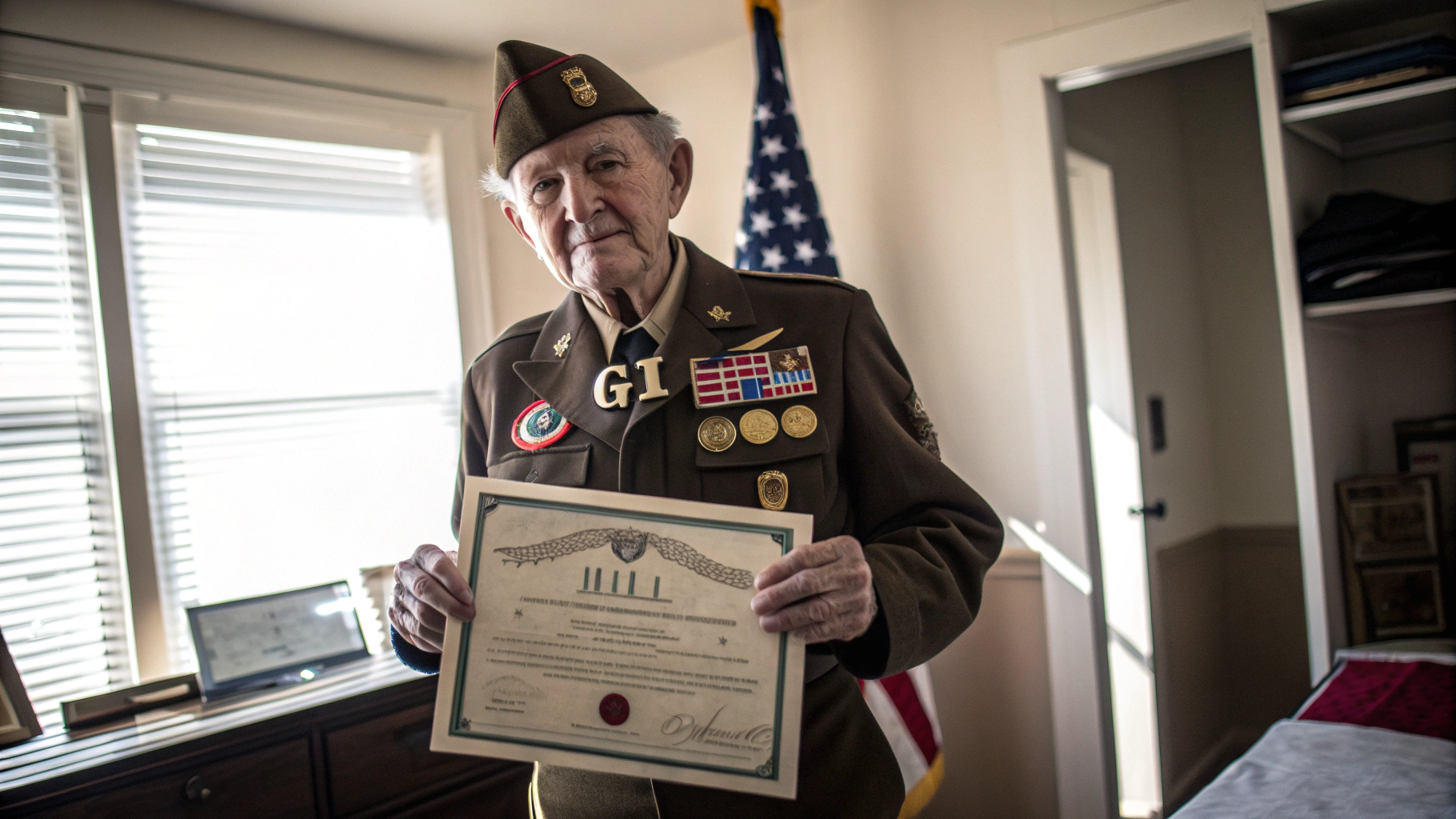Making the jump from military service to civilian life is one of the those major crossroads for veterans. While most transition plans focus on college degrees, apprenticeships offer something different. You get paid while you learn, and there's a clear path to a solid career at the end. As skilled labor shortages persist in manufacturing and construction, veterans bring unmatched discipline and technical skills to these fields. Let's break down why apprenticeships are becoming a go-to choice for veterans, how your military benefits enhance these opportunities, and what it takes to succeed in this strategic career move.

Understanding the Transition Hurdles
Shifting to civilian trades requires addressing challenges that need both practical and emotional resilience.
Cultural Shifts: Adapting Workplace Dynamics
Military culture thrives on structured hierarchies and mission clarity, while civilian workplaces often prioritize collaborative problem-solving. For example, a veteran accustomed to formal briefings might find ad-hoc team meetings initially disorienting. According to a 2022 Council of State Governments report, this adjustment impacts communication and expectations early in apprenticeships 1.

Financial Realities During Training
Though apprenticeships provide immediate wages, starting pay (e.g., $21.38/hour in construction roles 2) often falls below military earnings. GI Bill apprenticeship benefits, including housing allowances and tool stipends, help bridge this gap. Recent 2025 updates now cover up to $2,000 for certification exams to ease upfront costs 3.
Translating Military Expertise
A Navy electrician’s expertise doesn’t automatically qualify them for civilian roles. Employers often overlook military occupational specialties, leading to underemployment. Programs like the United Services Military Apprenticeship Program (USMAP) convert military training into civilian credentials, such as certifying 5,000+ hours of electrical work for journeyman status 4.

Health and Family Considerations
Physical injuries or PTSD can complicate apprenticeships, while rotating shifts strain family life. Organizations like Psych Armor now partner with employers to offer mental health resources and flexible scheduling. This is best for veterans who are balancing recovery and training 1.

Finding and Leveraging Veteran-Focused Programs
Modern apprenticeships are created to align with veterans’ strengths and offer tailored resources for success.
Fast-Tracking Certifications
Veterans bypass redundant training through programs like Workshops for Warriors, where prior experience accelerates credentialing. For example, a Marine with machining skills can earn NIMS (National Institute for Metalworking Skills) certifications in weeks instead of months, securing roles at companies like SpaceX 67.

Maximizing GI Bill Apprenticeship Benefits
The Post-9/11 GI Bill supplements income with:
- Monthly Housing Allowance: Starts at 100% of the military rate, decreasing as wages rise.
- Tool/Book Stipends: Up to $1,000 annually for gear and manuals 8.
- Certification Reimbursements: New 2025 provisions cover exam fees for high-demand fields like robotics 3.

Mentorship and Career Mapping
Apprenticeships pair veterans with mentors who decode civilian workplace norms. The Heroes MAKE America program embeds Lean Six Sigma training (a process improvement method) and connects veterans to 300+ manufacturing employers, achieving a 90% job placement rate 10.

Navigating Opportunities in High-Demand Trades
Veterans excel in trades valuing precision, leadership, and technical agility. Here’s where opportunities thrive:
Manufacturing: Precision and Growth
CNC machining and welding apprenticeships report 94% employment rates post-training. Programs like Apprenticeship Tennessee offer earn-while-you-learn models, with veterans earning $50,000+ annually while mastering robotics systems 612.

Construction: Stability and Advancement
Electricians and plumbers in states like Washington earn up to $48.75/hour as journey-level workers, with apprenticeships progressively increasing wages every 500 hours worked 13.
State-Specific Innovations
- Georgia: Partners with unions to prioritize veterans for carpentry apprenticeships, offering GI Bill stipends and leadership pathways 14.
- Minnesota: Integrates classroom training at technical colleges with on-the-job hours, approved for full GI Bill use 15.

Success Stories: From Service to Civilian Leadership
Veterans consistently outperform peers in apprenticeship retention and advancement.
Maria’s Journey: Welding to Aerospace
After serving as an Army mechanic, Maria Gonzalez battled PTSD while completing a Workshops for Warriors welding apprenticeship.
“Juggling therapy and training was tough, but mentors kept me on track,” she shares. Today, she earns $67,000/year at Boeing, overseeing aircraft component fabrication 7.

Earnings and Long-Term Growth
Apprenticeships offer wage hikes up to 50% over four years, plus benefits like healthcare, which is rare in entry-level roles. Over 90% of veterans retain jobs post-program, compared to 72% in traditional sectors 10.
Your Next Mission: Steps to Launch
- Explore VA-Approved Programs: Use the Apprenticeship.gov Veteran Portal to filter opportunities by trade and location.
- Connect with Local Support: Visit your VA Regional Office to optimize GI Bill benefits for apprenticeships.
- Network with Alumni: Organizations like Helmets to Hardhats link veterans with program graduates for insider insights.
Building a Legacy Through Trade
Trade apprenticeships transform military skills into civilian success. This allows you to build something that matters, with good pay and genuine purpose. The support system is already there waiting for you. Tailored support through GI Bill benefits, credentialing shortcuts, and employer partnerships are all lined up. As Marine Corps veteran and master welder Carlos Rivera put it perfectly,
“This isn’t a job, it’s a legacy.”
Your next mission is out there. Time to get started.

